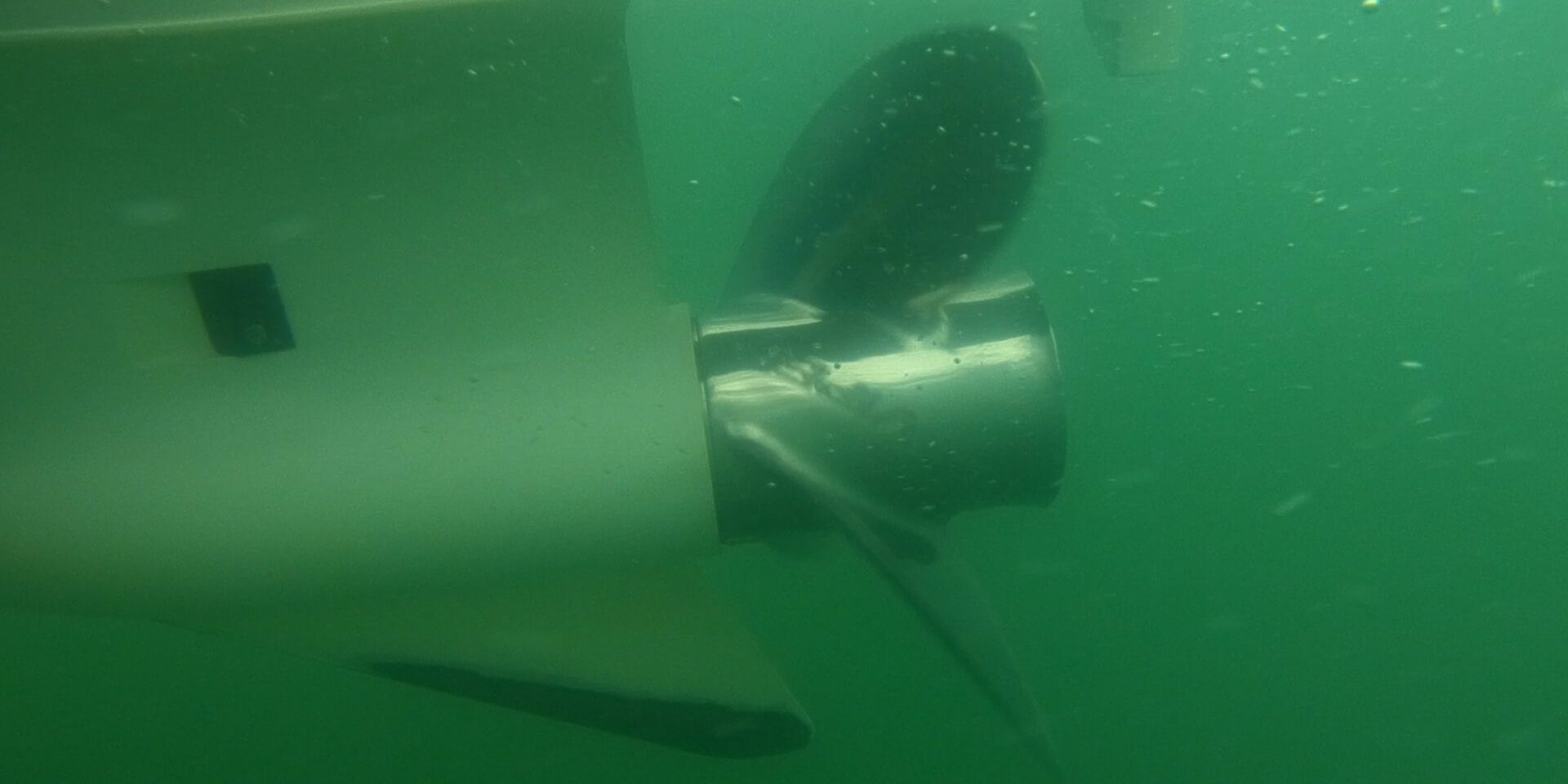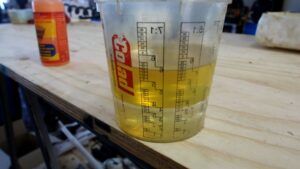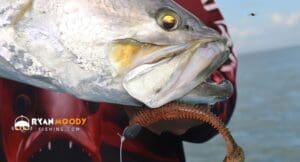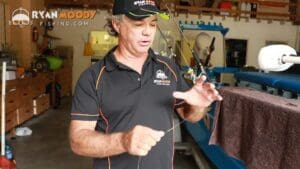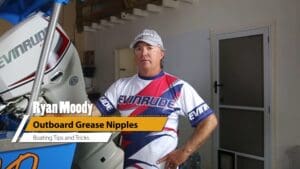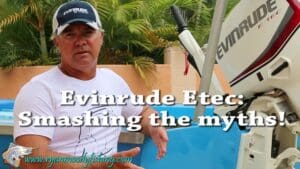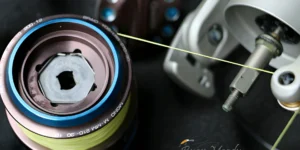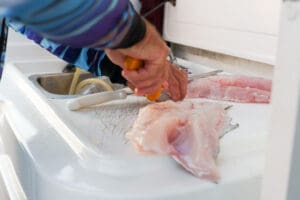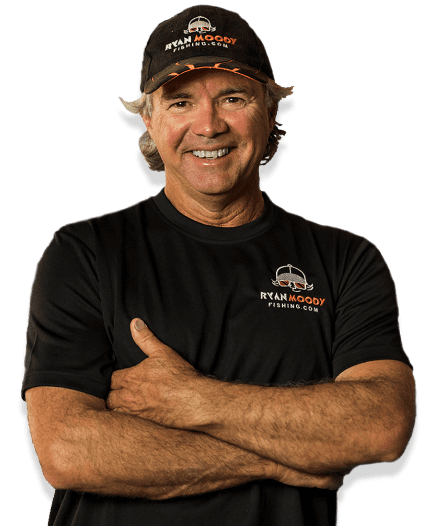Choosing the right propeller for your boat can be a bit hit and miss.
Considerations include boat design, weight distribution, running characteristics (RPM) and how and where it will be used.
When choosing the right propeller for your boat you’ll also want to consider the material used (aluminium or stainless), number of blades and pitch.
A lower pitch allows you to build up RPM quickly which is good for big boats with a heavy load.
But there will be less forward travel with each revolution so not good for top speed.
A higher pitch is slower to build up RPM resulting in lower pulling power and acceleration but a greater top speed once the vessel winds up.
You’ll also need to know how to read the prop. Meaning – how to identify the size, diameter and pitch of a propeller.
Most props have a series of numbers on the side or inside the hub.
A three blade prop, 18.75 inches in diameter with a 19 inch pitch will have the numbers 3 X 18.75 X 19.
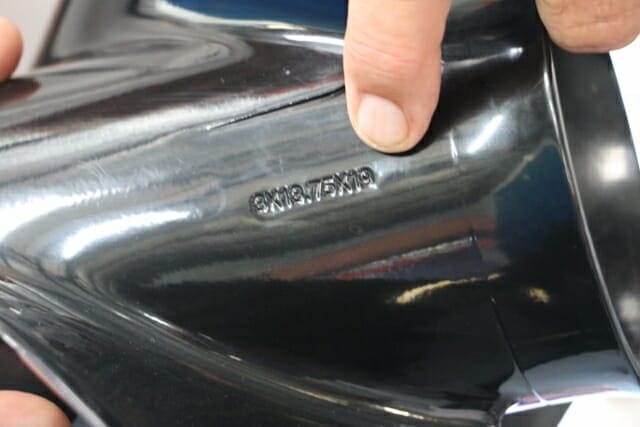
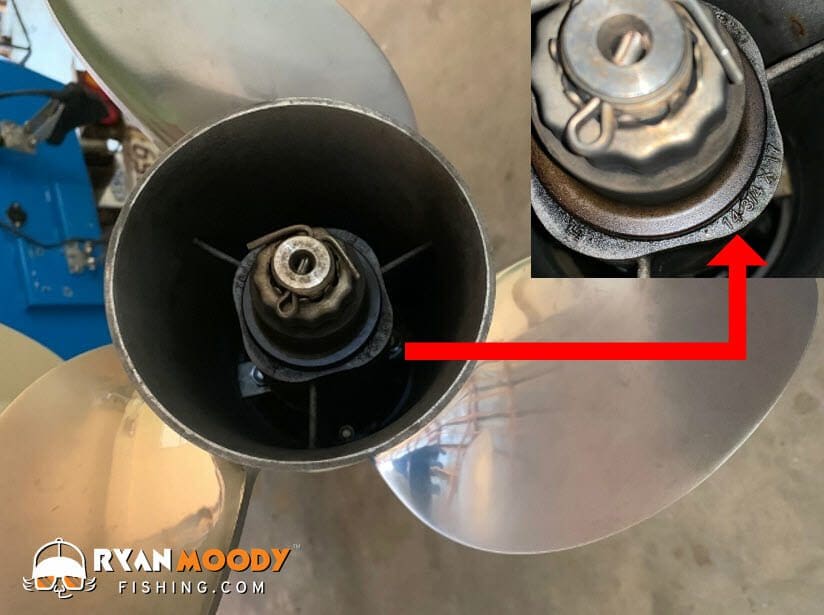
Stainless or aluminium
Typically creek boats run aluminium props as the material is softer. This will result in less damage to the engine if you hit something. However they’re more flexible which results in lower performance.
Stainless props are more expensive due to higher performance. However better used for offshore vessels because hitting a hard object with a stainless prop can result in damage to the shaft.
Aluminium props are cheaper and can be “sacrificed” when hitting something. In other words, the prop, instead of your motor, is damaged.
Because I’ve been operating for years at Hinchinbrook and know my way around. Plus I prefer to fish open water for big barra, I run a stainless prop on my boat.
You can check out some of our fishing action videos > here <
Number of blades?
For choosing the right propeller for your boat you may also want to consider the number of blades.
Three blades is most popular and typically more efficient.
Four blades have better grip and better for cats because they create more lift in the transom.
Choosing the right propeller for you boat requires trial and error.
Marine dealers can assist in choice of prop for your boat as they encounter these issue regularly.
Often, your dealer can supply two or three props for testing when you buy a new motor for a small fee.
This is because boat design, load and the running characteristics of your vessel all play a part.
Watch our video as we chat to marine mechanic Matt Solis from Barneys’s Marine Hervey Bay for some tips and considerations when choosing the right propeller for your boat.
Choose the right prop to get better performance and fuel economy
One way to tell is to run at WOT (wide open throttle) or flat out!
Try a higher pitch prop if your RPM is too high.
However if it’s too low and you’ll need to try a prop of lower pitch.
Contact your local dealer or consult your manual for optimum RPM ranges for your engine.
As you can see, choosing the right propeller for you boat is not an exact science!
Do you struggle to see fish on your sounder?
Why not take a look at our introductory course Sounder Skills 1.
It’s cheap as chips at only $20 for the moment but won’t be on sale forever. Cheaper than a takeaway lunch. What have you got to lose?
Click the link below to discover where you’re going wrong and how to fix it.


